‘We’ve turned children into nurses’: the tragic closure of the Florence Nightingale Museum
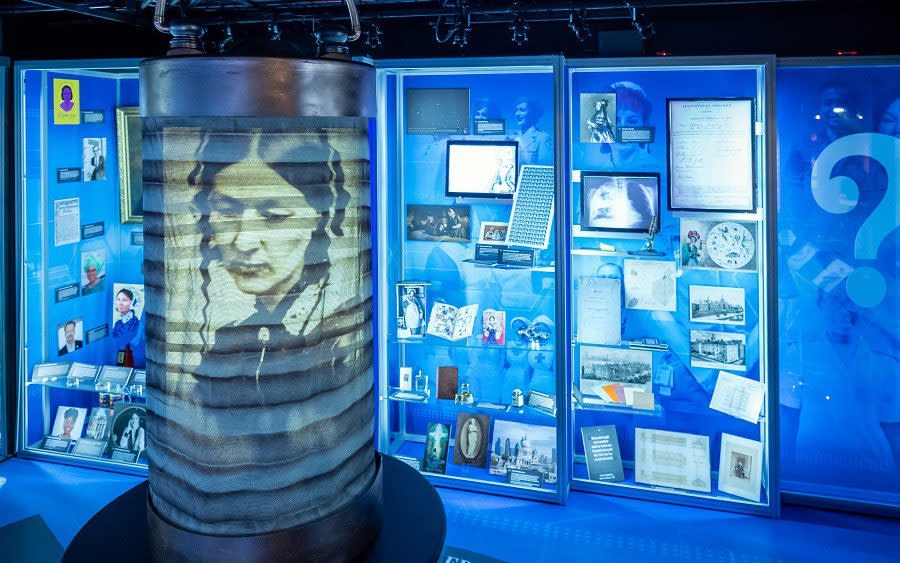
- Oops!Something went wrong.Please try again later.
Clap for Carers is set to return – rebranded as Clap for Heroes – as part of our national recognition of the importance of healthcare workers. Yet the museum dedicated to the founder of modern nursing, Florence Nightingale, is having to close its doors due to a lack of funds.
“We saw the writing on the wall back in early March,” recalls David Green, chief executive of the Florence Nightingale Museum, which is based in the grounds of St Thomas’ Hospital, near Waterloo. It features almost 3,000 artefacts relating to Nightingale, including one of her famous lamps.
“There were fewer and fewer people in central London last spring. We went from our busiest ever day, during the February half-term, to a day when we only had two visitors – one of whom had pre-booked, so probably wanted to get their money’s worth! And I didn’t want to put our staff at risk.”
The museum closed for the first March lockdown, reopened in August, and closed again in November. The big issue, notes Green, is that “60-odd per cent of our visitor make-up is international visitors, mostly nurses – that market has collapsed completely.
“We of course welcome local visitors and families, but the secondary spend is much lower too. When we have an American or Chinese nurse visiting, they always go to the shop and buy one keyring for every person they work with! Visitors now aren’t going to spend in the same way – plus people are worried about jobs and saving up.”
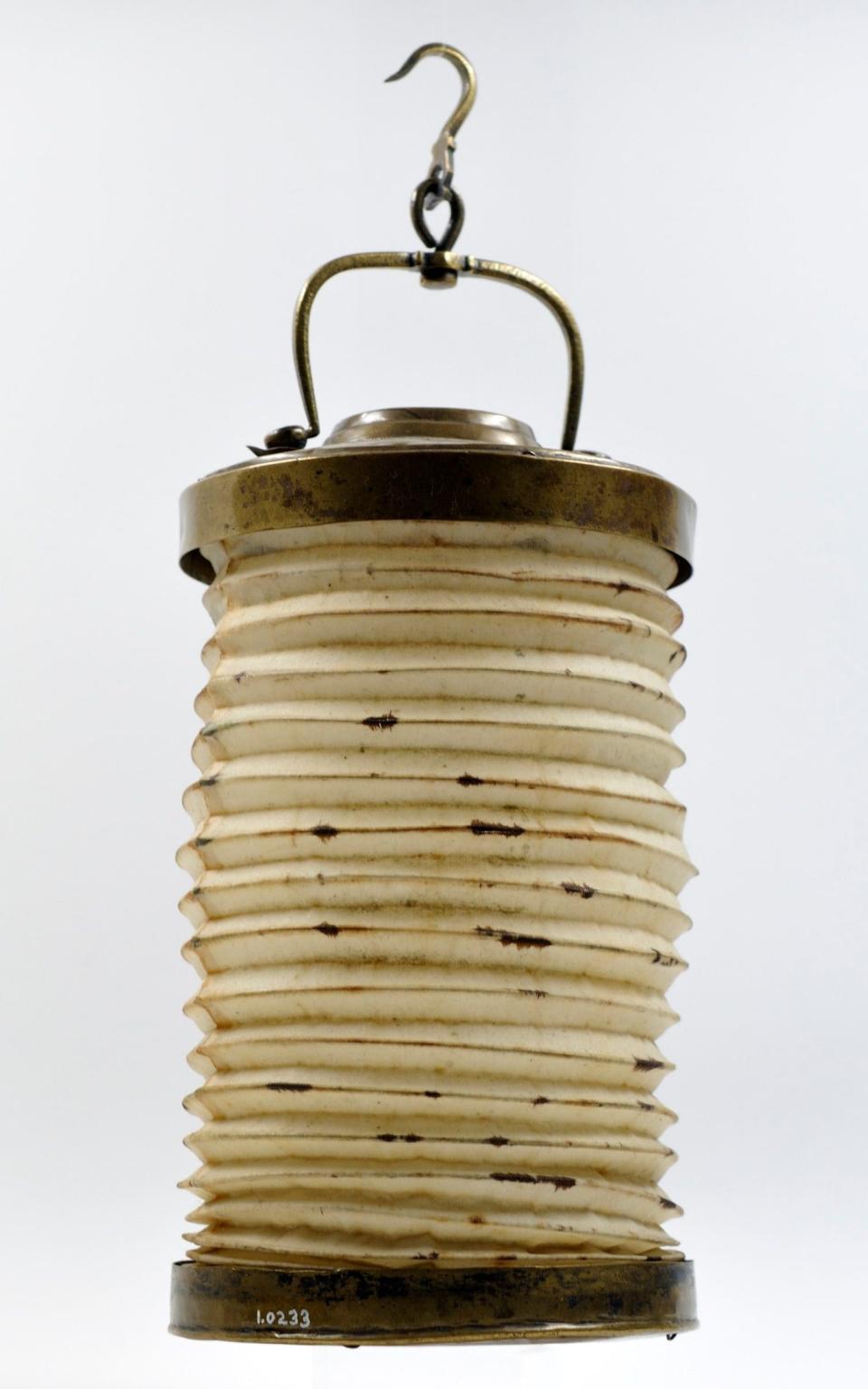
They’re an independent museum, he explains, “with no regular grants. So we’re essentially a business as well as a charity – and 95 per cent of our income comes through the front door via admissions and retail sales.”
The web shop has kept them going to a certain extent, but is no substitute. And during their reopened period last autumn, “the footfall was 20 per cent of what it was the previous year. With social distancing, we can only have 15 prebooked visitors in the museum at a time, following a prescribed route.”
Gone were fun interactive aspects like the Family Corner, where younger visitors “could try dressing up as Florence. Obviously, you can’t have that right now with safety regulations.”
The museum did get a £137,000 grant from the Culture Recovery Fund, “which was a good chunk for us – we’re a small museum. But, by contract, we have to spend all of that by the end of March. There is a second round of funding, but we’ve been advised that it’ll be hugely competitive, because everyone’s in such a mess.”
Furlough also helped, for a time, but “it’s not free,” points out Green. “We still need to contribute to it. Of course we wanted to support our staff as long as possible.” But, looking at the figures – and considering the impact of another period without income, such as a third lockdown – it became apparent that “tough decisions had to be made, based on what’s in the bank and what lies ahead.”
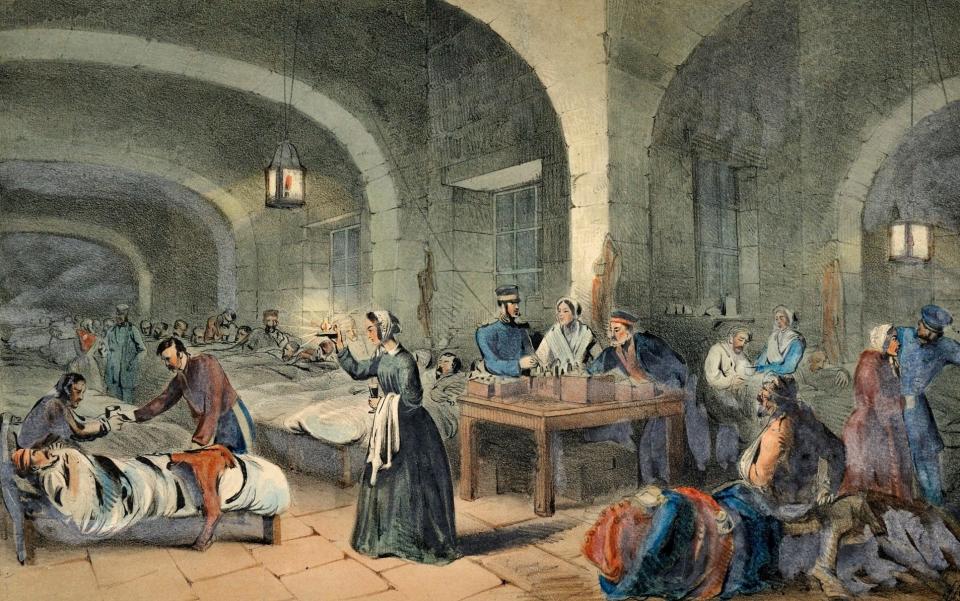
This week, he notes, Chris Whitty spoke about measures for winter 2021, “so none of us know how long this will go on. I don’t see a switch being flicked for international tourism returning, regular school visits, and us having as many visitors as before. We have to stay as lean as possible to last as long as possible.”
That means entering redundancy consultations, which will likely result in the loss of eight of the museum’s current 11 staff (two already left in 2020, anxious about returning to London). Green will stay on, along with a finance manager and collections head. “That means we can keep looking after the collection – and, at the right time, we can scale up again and fight back.”
It was a tricky decision, he says, because “there’s a chicken and egg aspect to this: if you show you’re confident enough to open, hopefully visitors will come. But it’s just not viable doing that at the moment for the odd drop-in visit, which requires a lot of staff being around.”
Instead, the plan is to keep monitoring the collection “for light, temperature and humidity”, but close the doors to everyday visitors.
“In time, we hope to do something like occasional open days, or maybe a prebooked school group. However, we’re being cautious. I’m a qualified curator, but I’m a businessman first. Since I’ve been here, visitor numbers have grown from 29,000 in 2016 to 56,000 in 2019.”
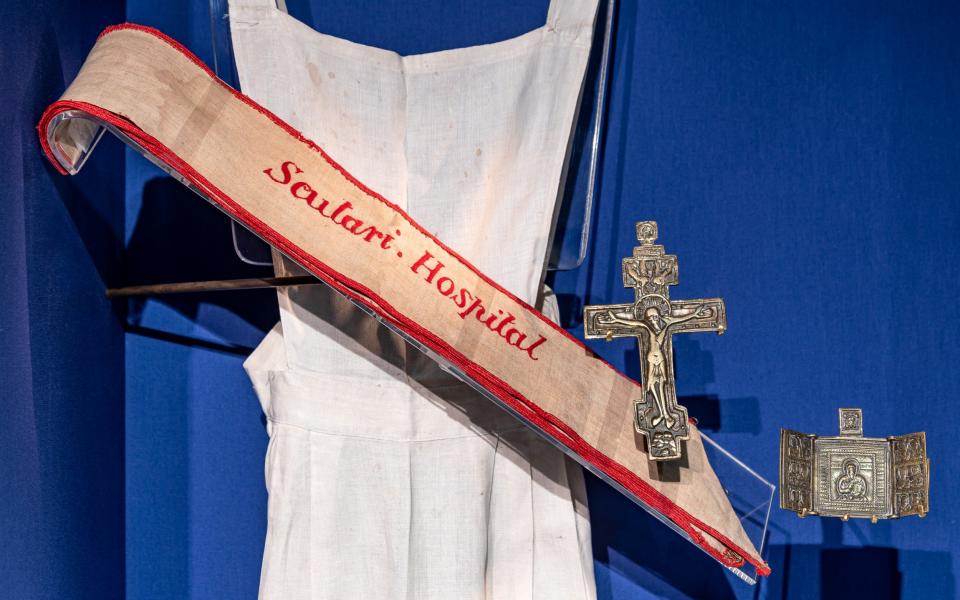
That number might well have been surpassed in 2020: Florence Nightingale’s bicentenary. “Early on, we had so many visitors that we were thinking ‘God, what will the rest of this year be like? We’ll be shattered!’. But, even then, there were signs: visits cancelled from China and Japan in January, and in February, we started to lose European visitors.”
The pandemic “wiped out all the special events we’d had planned. We’d invested in a new guide book, and put £100,000 into a new exhibition – it opened to the public on March 8 and closed on March 17.” That exhibition, Nightingale in 200 Objects, People & Places, is now available to view online. “Since Florence Nightingale was bed-bound for part of her life, I’d wanted to do a digital version that anyone in similar circumstances could access. So it was a blessing to have that planned already.”
Other celebrations, like a special service at St Paul’s Cathedral and presence in the Lord Mayor’s Show, had to be postponed. Green hopes they might be able to go ahead in 2021.
The museum's approximate income is £400,000 per annum, with the intention of generating a small profit to reinvest in community and education projects and collection. Green explains they had been saving up to relocate to new and larger premises so they could tell wider stories of Nightingale's influence on nursing across the globe, and – expecting a larger return during the bicentenary year – had made investments like increasing the workforce.
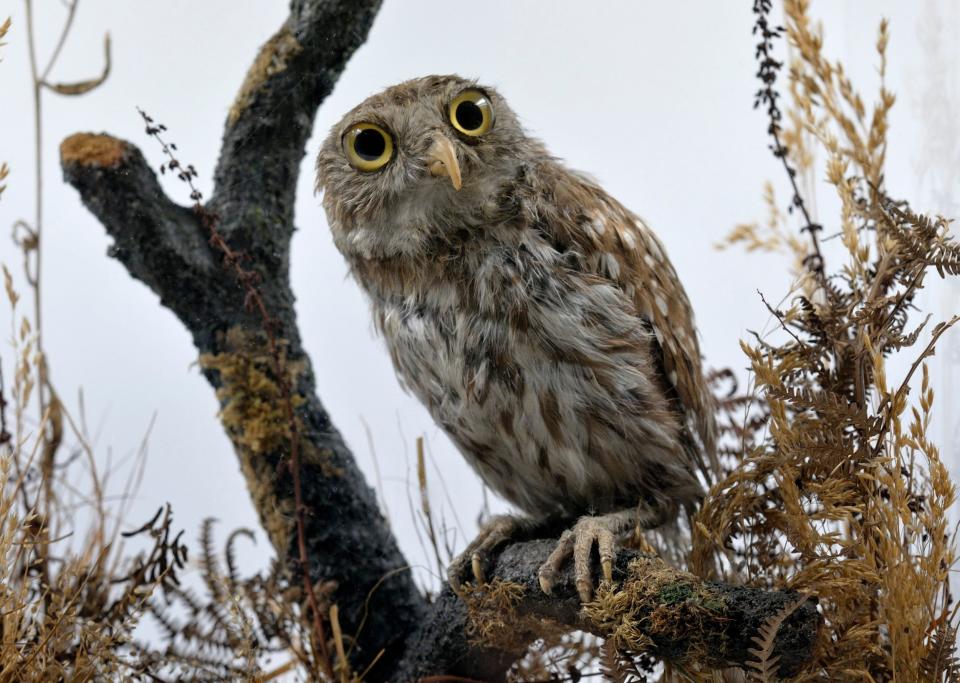
Now, the priority is on keeping the collection together “and keeping it accessible. One of the most inspiring things the past few days, when people heard about our closure, is nurses getting in touch to say how coming to the museum reminded them of why they do what they do, or that they came as a child and now they’re a nurse, some probably on the Covid frontlines.
“You can’t visit Nightingale’s childhood home – it’s not in the hands of the National Trust – so coming to us is really important to so many. It’s like a pilgrimage.”
Visitors can see the lamp from her office in Scutari, during the Crimean War, her iconic black dress, her writing desk where she wrote about 15,000 campaigning letters, and one of the most popular exhibits, reveals Green: “Her pet owl Athena [now stuffed], which she rescued while on holiday in Greece and nursed back to health. Plus we have the Scutari sash, considered the first item of nursing uniform – we think she instigated that so she could spot where her ladies were.”
There is, of course, a terrible irony in a pandemic being the reason that the museum dedicated to Nightingale is now in trouble. “She actually pioneered handwashing for medical reasons, disease control and evidence-based nursing,” explains Green. “We also work with the St Thomas’ Hospital team on a project asking ‘Could I be a Nightingale nurse?’ It shows the diversity of people who nurse, and all the different career paths, and brings it right up to date: her legacy of compassionate care and putting the patient first.”
Green says he’s spending a lot of time reassuring people that “we will be back, in some form.” In the meantime, they can support the museum by buying from the web shop or donating. “We’re also looking for trustees, to get their expertise. We’ll need different skills in the future. The post-Covid world will look very different for museums like us. We’ll adapt, and hopefully survive.”

